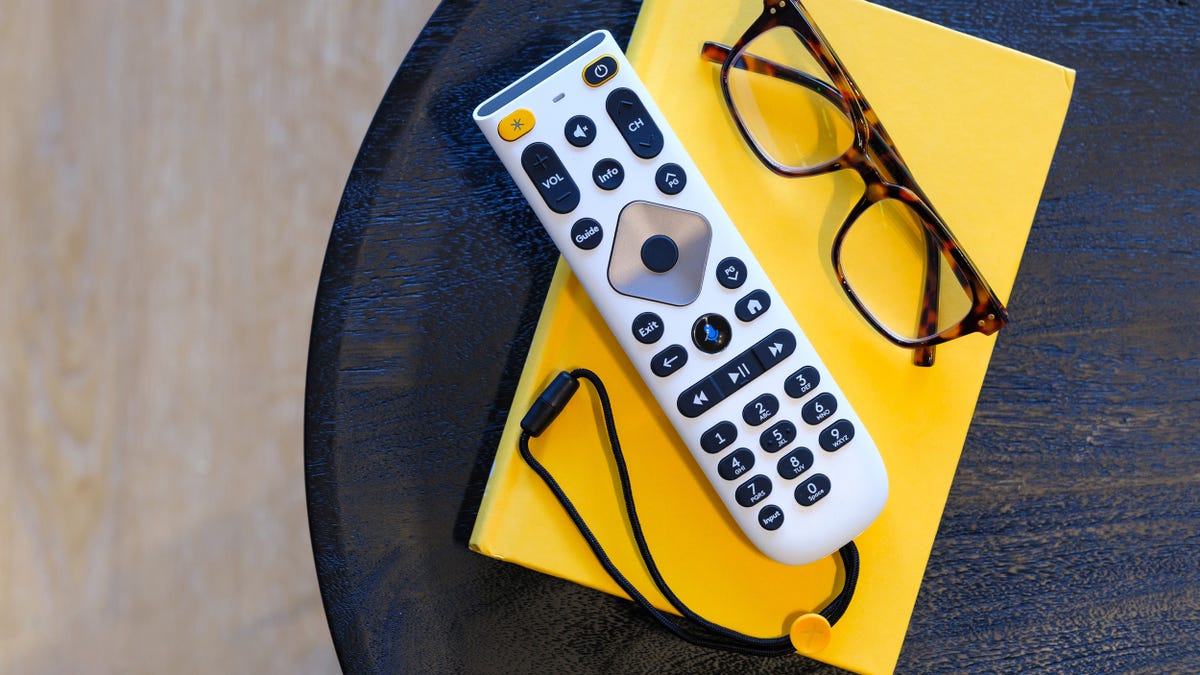Comcast’s Large Button Voice Remote Features Accessible Design

Comcast’s new Large Button Voice Remote is focused on accessibility.?
Comcast
Comcast on Wednesday unveiled a new TV remote designed with accessibility features, including voice control technology, large backlit buttons and increased font size.
The Large Button Voice Remote features Comcast’s voice control technology, which lets people use voice commands to change channels, search for shows and get recommendations on what to watch. There’s also an accessibility shortcut button that enables features like closed captions and audio description.
The remote is designed to be easier to navigate because of its large backlit buttons and high contrast colors. All the buttons also feature larger font size to make them easier to read.?
The physical design should also make handling the remote easier. There’s a removable wrist strap, as well as a battery compartment with a rubber pull tab and “press to slide” battery cover to make changing batteries easier. The remote is elevated with a flat back, which helps with stability when it’s used on a flat surface like a wheelchair tray or with other assistive devices. ?
For setup, the packaging uses large typography and tactile features including braille. The remote also comes with an audio guide that automatically starts playing step-by-step instructions when opened.?
X1 and Flex customers can request a remote for free through Comcast’s Accessibility Support Center. There’s also a support option in American Sign Language.
Comcast says its design team worked alongside the disability community to test and refine the remote. New Horizons, which provides housing and support to people with physical disabilities, took part in the product’s research and testing.?
“Technology can help level the playing field for people with disabilities,” New Horizons CEO Carol Fitzgerald said in a statement. “When companies like Comcast design products and experiences with accessibility at the forefront, they not only create better products for everyone, but they also help to unlock more independence for millions of people with disabilities.”
Comcast is one of many companies placing a stronger emphasis on accessibility. Tech companies such as Google, Meta and Apple have been building more products and platforms designed to work better for a range of people. Last month, Google unveiled Guided Frame?on the Pixel, which is designed to help blind and low-vision users take selfies. In the last couple of years, Meta has added automatic captions to feed videos, IGTV and Instagram Stories. And?Apple?launched a People Detection feature in 2020 that lets blind and low-vision?iPhone?and?iPad?users know how close someone is to them. It also launched a?Door Detection?feature earlier this year.